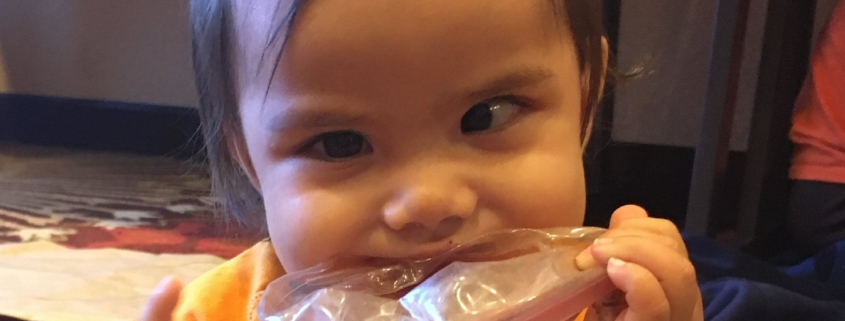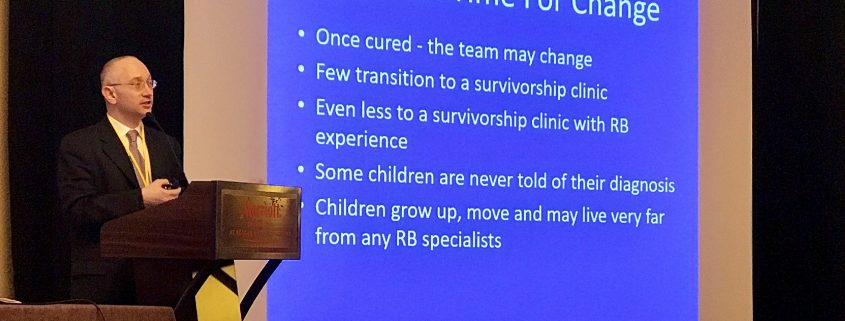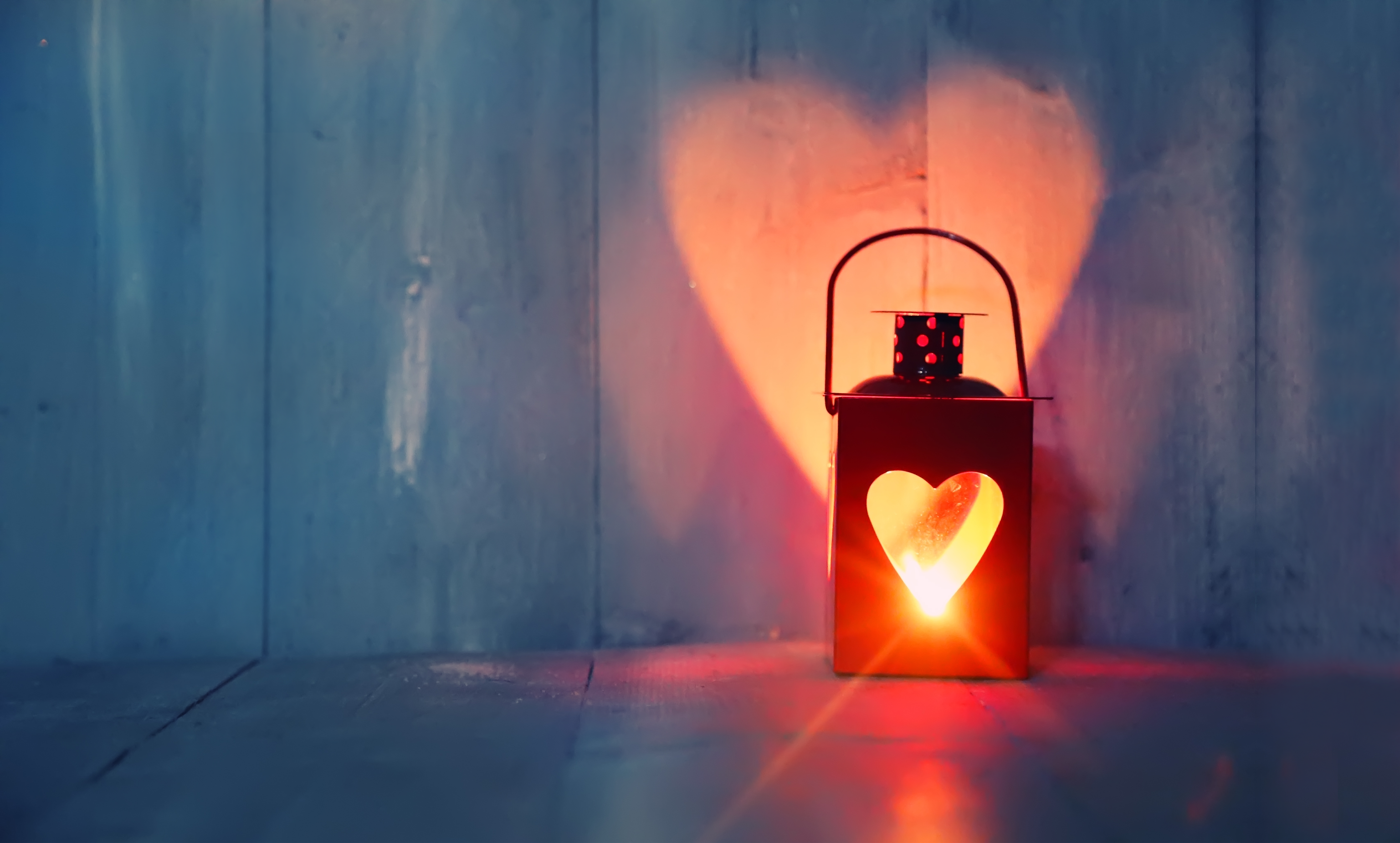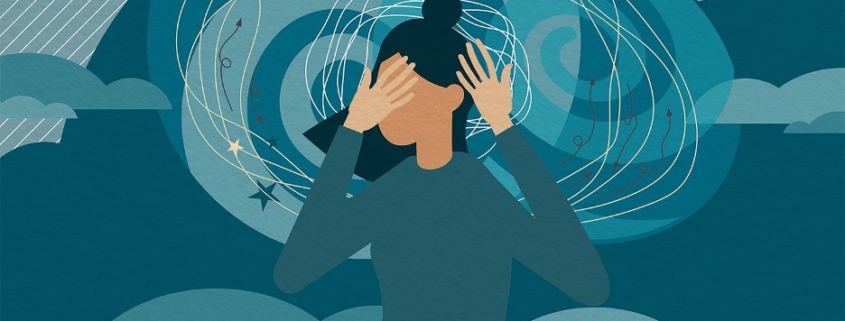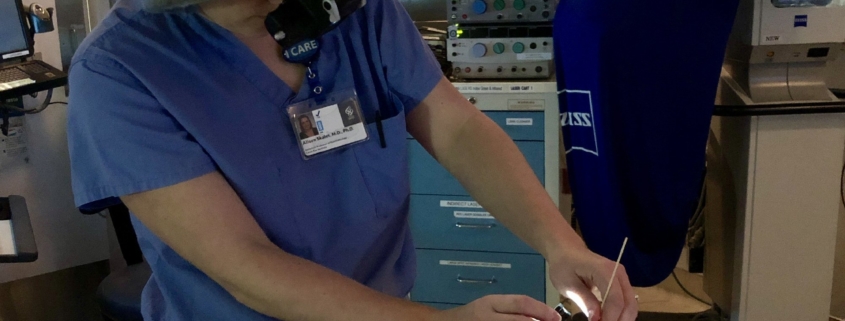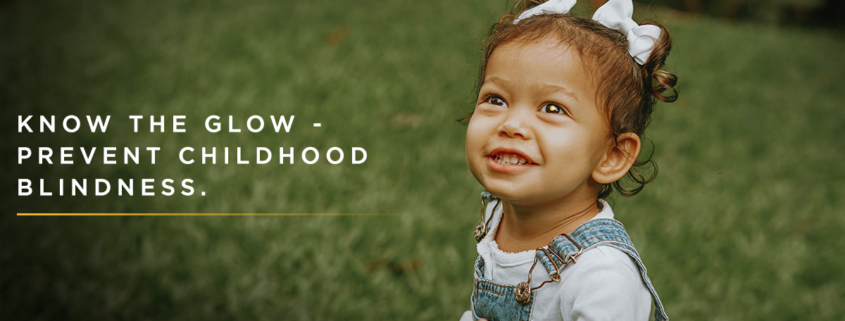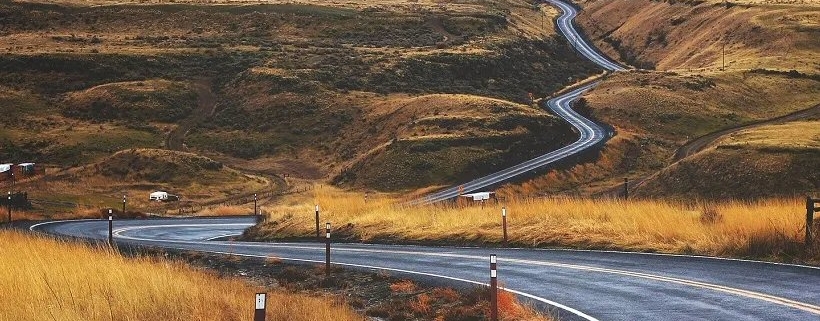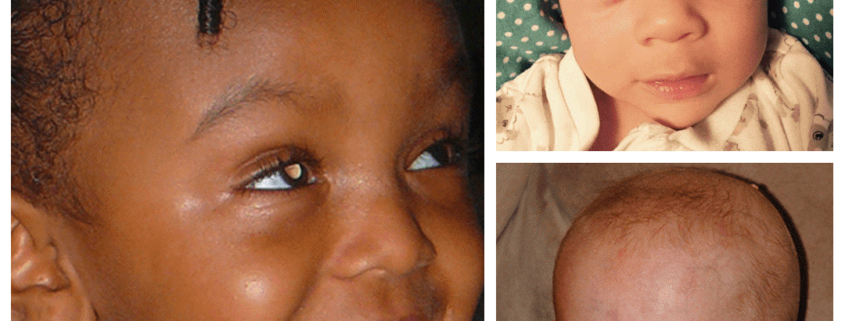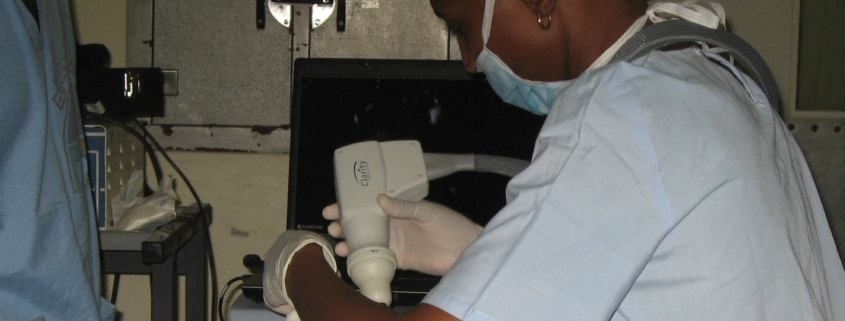Retinoblastoma Treatment at One Rb World
Prompt, appropriate medical care is vital for all children with retinoblastoma. A range of treatments are used depending on extent of the cancer, its risk of spread, and the child’s health and wellbeing. Sessions at every One Rb World explore aspects of medical care, and how we can ensure the best possible outcomes for each child. Below, we share sessions from the 2017, 2020, and 2021 meetings.

